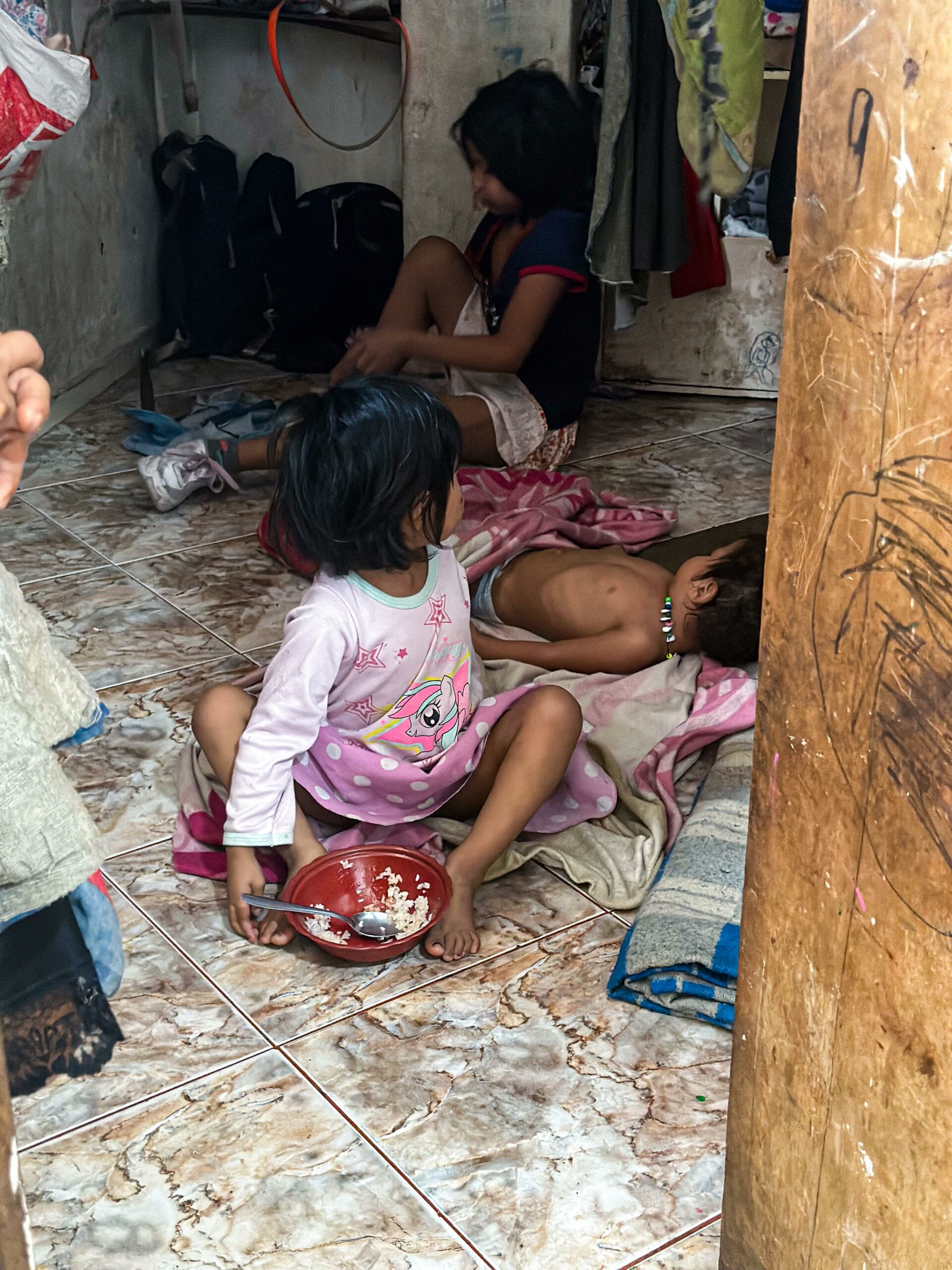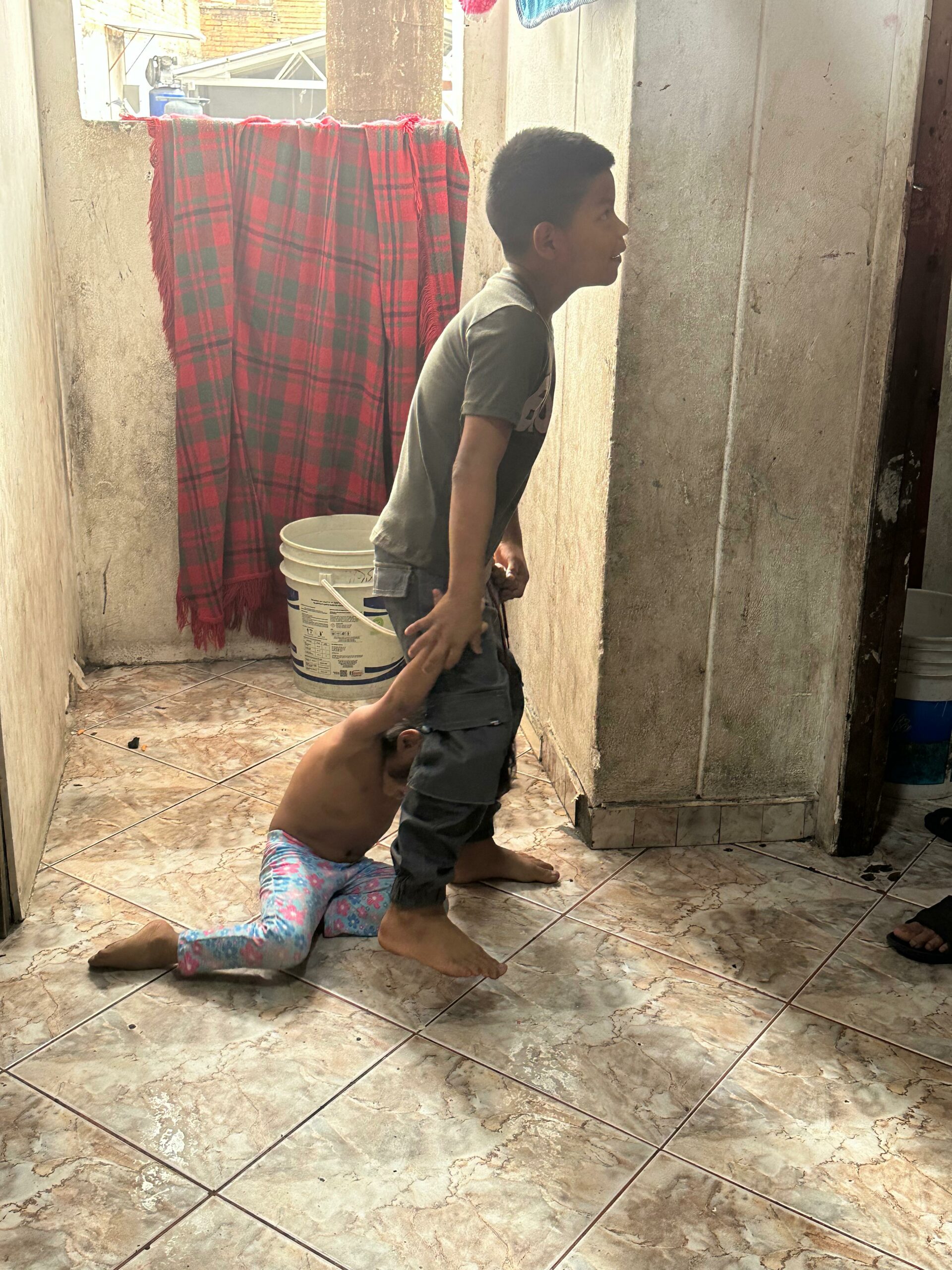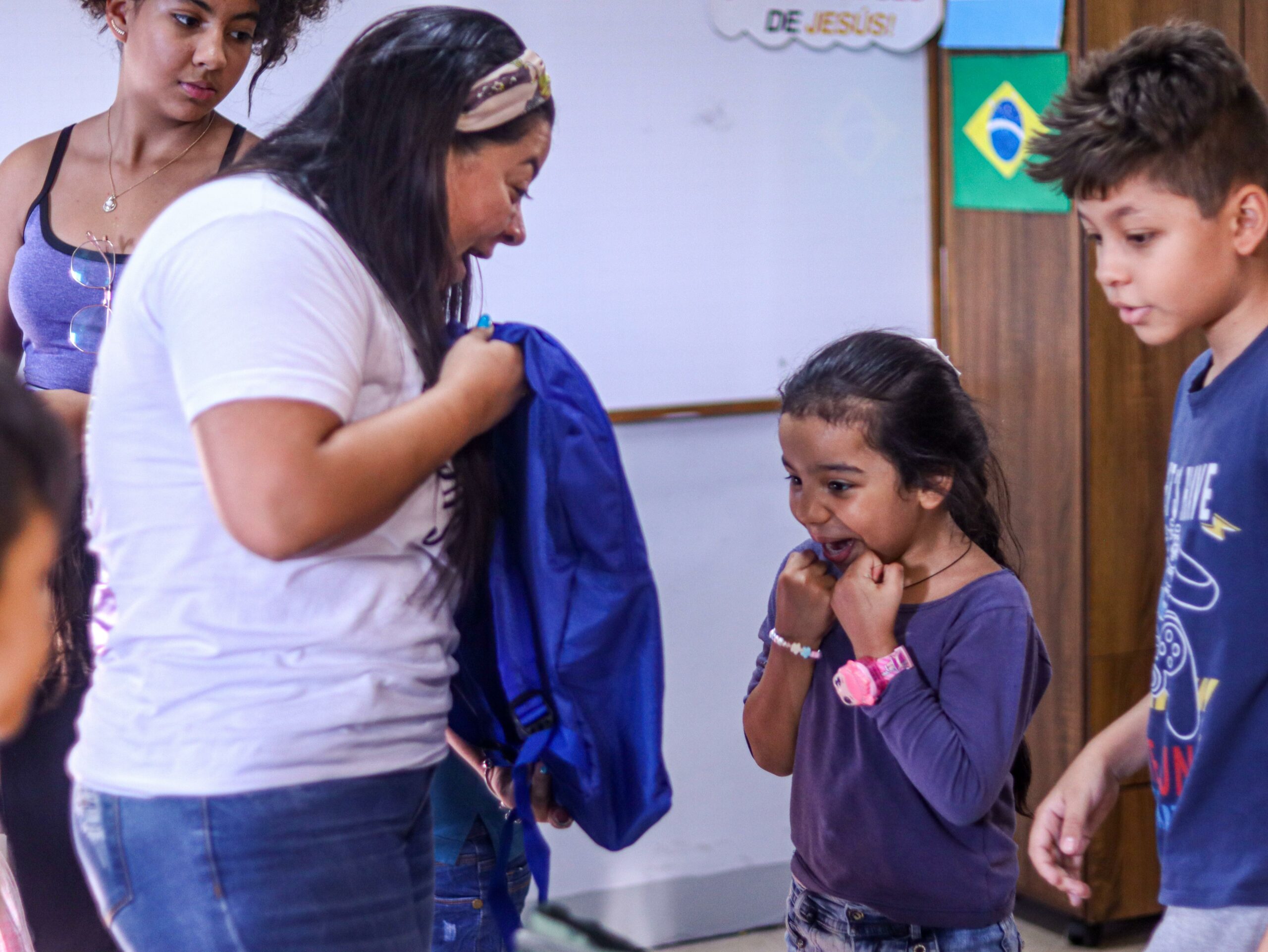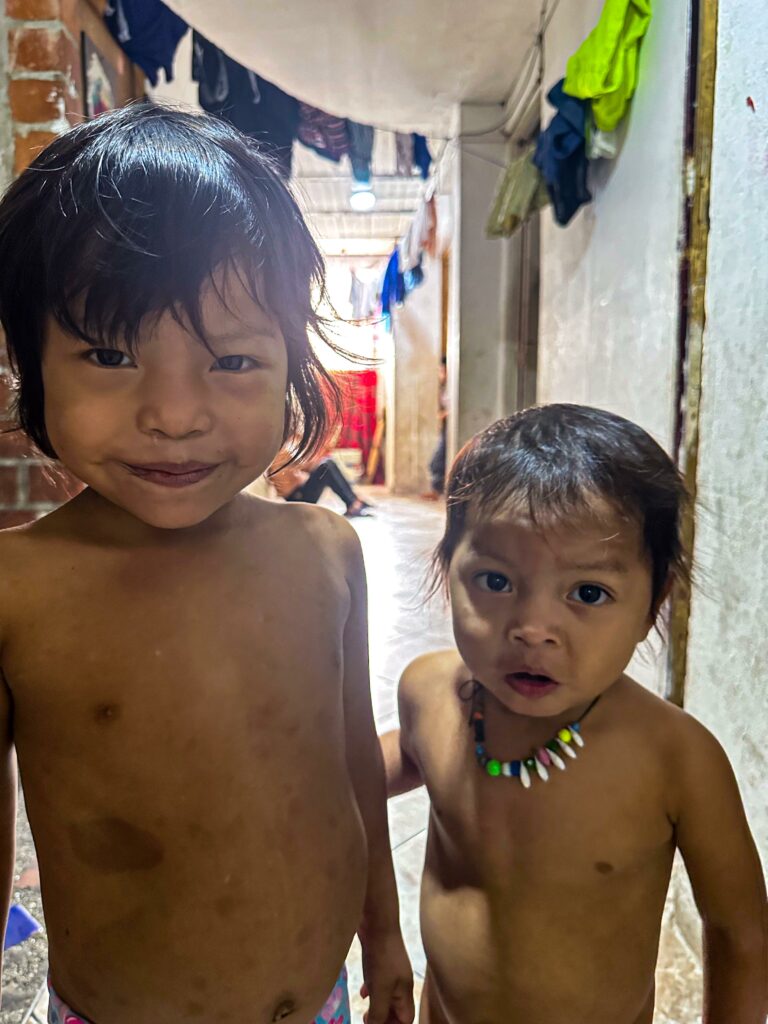The pain of life in Medellin’s Inquilinatos
Growth is good, right?
The population of the city of Medellin has expanded from about 376,000 in 1950 to well over four million people. Last year alone, Medellin’s population grew by 35,000 plus.
Medellin is not the only city that’s experienced growth. Since 1960, the urban population of cities all over the world has dramatically increased, from 108 million to 369 million in 2024.
Why did so many people move to the cities?
Because rural living didn’t have enough jobs. With the loss of food subsidies in many areas, the jobs in agriculture disappeared. Cities offer greater work opportunities, public transportation, and exposure to diverse people.
But when thousands and thousands of people move to one area, problems erupt, like where are they going to live?”
- First, there are more poor people than places to live.
- Changes in the housing market caused an explosion of slums and fewer state-subsidized options.
- Estimates are that 1 in 4 people will live in slums or other informal settlements around cities by 2030.
What are poor people in Medellin to do? Live where they can afford to, but life in Medellin’s inquilinatos is painful.
Pain Point #1: Poverty
If you don’t have a good job and must scrounge together pennies each day to pay your rent, what kind of housing can you afford? The poor live with the harsh realities of life in Medellin’s inquilinatos because they have no choice.
The poverty rate in Medellin is 30%.
In the inquilinatos, the poverty rate is significantly higher than the citywide average. According to data from the National Administrative Department of Statistics (DANE), approximately 60% of residents in these areas live below the poverty line.
Nine percent of the city of Medellin, Colombia live in extreme poverty, surviving on less than 45 dollars per month.
Imagine that.
The only place the poor can live is in the inquilinatos, the slums where entire families live crammed together in one room. They eat and sleep in one tiny area, often without ventilation, bathrooms, or running water.
Pain Point #2: Cramped conditions

How many people eat in your bedroom? In the inquilinatos, up to a dozen people might be living in one small room. Each room in Medellin’s inquilinatos has multiple people housed there. Many people crowd every area, inside and out.
According to a study by the University of Antioquia, some inquilinatos in Medellin have population densities as high as 900 people per hectare. That’s equivalent to jamming 900 people onto a soccer field and having them eat, sleep, and “live” there, day in and day out.
The average living space per person in these settlements can be as low as 4 to 5 square meters, well below the minimum standards for adequate housing. If a person has 5 square meters of living space, they are living in approximately 54 square feet.
Here in America, we often forget how spacious our homes are. The American Reality Association recommends that each person in a household has 600-700 square feet, a far different reality than the tiny space in a room in a Medellin inquilinato.
Even “tiny space” experts suggest that each person needs 100-400 square feet as in tiny homes and New York City apartments.
Pain Point #3: Medellin’s inquilinatos don’t meet the basic needs of life
Approximately 14% of households in Medellin’s informal settlements lack access to clean water, according to data from the Medellin Mayor’s Office.
Sanitation facilities are insufficient in many inquilinatos, with only about 60% of households having access to adequate sewage systems.
Imagine living in a single room with multiple family members and not having a bathroom!
Living in the tenements is not pleasant. It’s a painful existence that leaves scars on personalities and psyches.
Pain Point #4: Structurally unsound
A survey conducted by Medellin’s Secretariat of Habitat found that 30% of housing units in informal settlements were in poor condition, with structural deficiencies and safety hazards.
Inquilinatos often lack proper building materials and adherence to construction standards, increasing the risk of collapses and accidents. Renovations and improvements are nonexistent, so tenant rooms are not upgraded and deteriorate over time.
Because they couldn’t pass government standards, they are technically illegal and often structurally unsound.
Pain Point #5: Lack of education
Even though education is supposedly mandatory for children ages five to sixteen in Colombia, UNESCO reports that in some areas of Medellin’s slums, up to 40% of children do not attend school. One study suggested that across the country, 1.2 million Colombian children (11% of all school-age children) currently do not receive any formal education at all.
If their parents work, children don’t have transportation to school. As in the case of our founder, Lorena Vasquez, children are often locked up in a room and left alone all day. They are isolated, afraid, and without mental stimulation. No one comes and checks on which kids are in school and which aren’t, so many don’t go.
Dropout rates are higher among children living in inquilinatos compared to those in more affluent areas of the city.
To grow and prosper, the city of Medellin needs educated citizens in the future. Educated citizens are difficult to acquire if children don’t attend school.

Pain Point #6: Unhealthy, unsanitary conditions in Medellin’s inquilinatos
Air conditioning and heating systems are nonexistent in the inquilinatos. Ventilation may not be adequate to move the air around and eliminate germs and mold from the premises.
Respiratory illnesses are common among residents of inquilinatos due to indoor air pollution from cooking with solid fuels such as wood or charcoal. Waterborne diseases, such as diarrhea and cholera, are prevalent in communities with inadequate access to clean water and sanitation facilities.
Pain Point #7: Discrimination. Despair. Depression.
Unemployment rates in inquilinatos are disproportionately high, with limited opportunities for formal employment. It’s a painful, vicious cycle of life in the inquilinatos. If you can’t get a good job, you can’t afford to get out of the inquilinatos. If you’re stuck in the inquilinatos, you aren’t considered for good jobs.
A survey conducted by a local NGO found that 70% of residents in inquilinatos reported experiencing discrimination based on their housing status.
The inability to break the cycle of poverty leads to despair and depression.
Pain Point #8: Crime and Violence
Crime and violence are characteristics of of Medellin’s inquilinatos. Informal settlements like these have higher rates of homicides and other violent crimes compared to more developed neighborhoods.
Gang activity, drug trafficking, and the sex trade are prevalent in some inquilinatos, contributing to a sense of insecurity and fear among residents.
Pain Point #9: Limited Access to Services
Only about 40% of households in inquilinatos have access to healthcare services within a reasonable distance according to a study by the Inter-American Development Bank.
Educational resources are also scarce, with limited access to schools, libraries, and other learning facilities.
How Casa de Sueños Heals the Pain of Life in Medellin’s Inquilinatos
Horrible housing. Extreme poverty. The lack of necessities like food, water, education, and sanitation. Socialization. Guidance. Companionship.
Casa de Sueños heals all those pains when a student enters our foundation.
We provide clean, safe surroundings to learn and play. Casa de Sueños offers two meals a day, help with basic education for children, job counseling for young women, emotional and psychological counseling for the trauma many have endured, coupled with enrichment activities like field trips and team sports.
We bring joy and hope into the lives of kids who had lived a painful existence before us.
Casa de Sueños is the premier foundation in Medellin for poor children and abused young women. We heal the pain of life in Medellin’s Inquilinatos and bolster our city and country’s future.
You, too, can be part of the healing process.
Donate to Casa de Sueños and heal the pain of life in Medellin’s inquilinatos.


